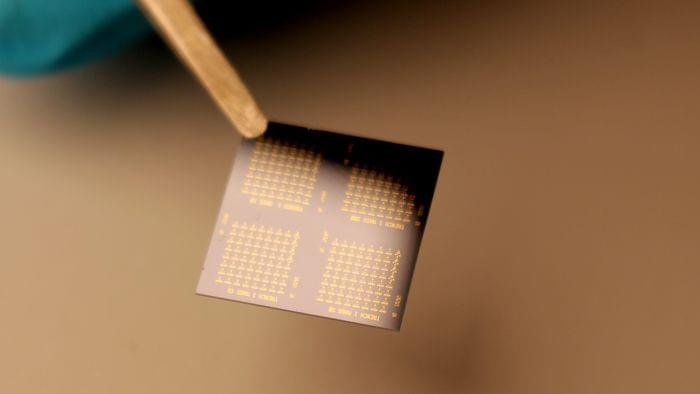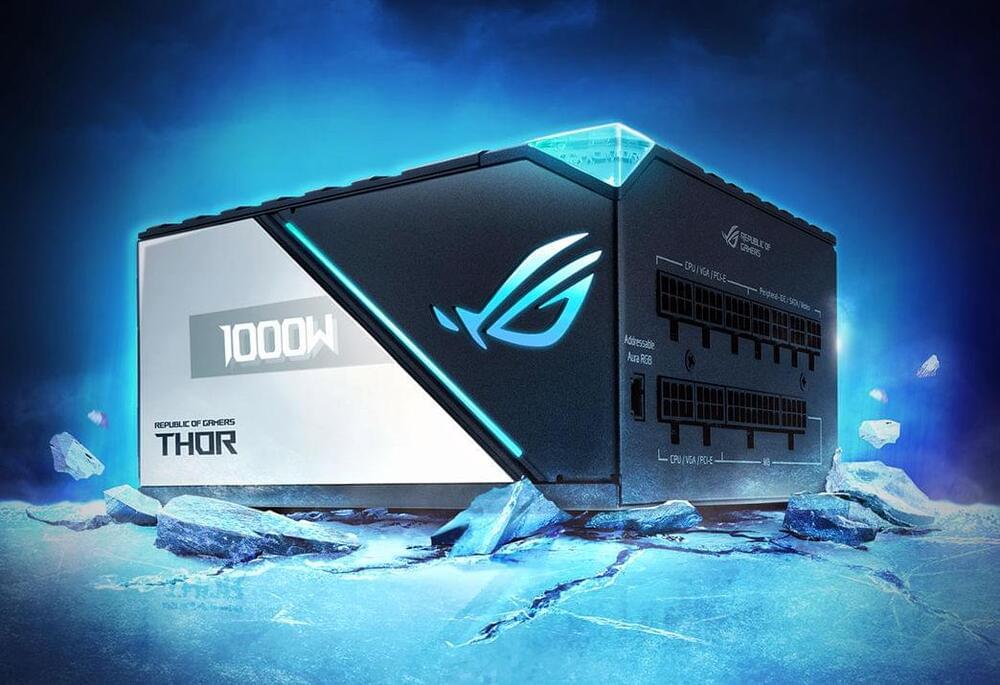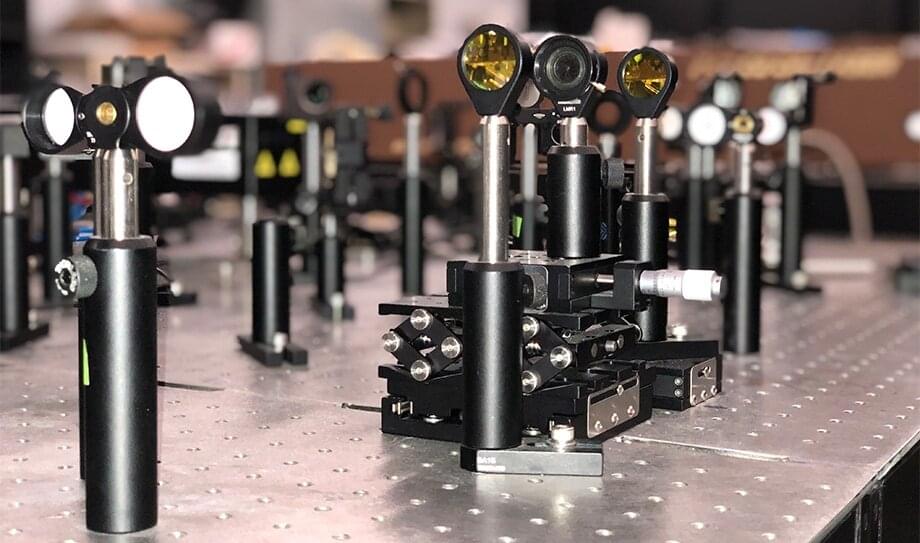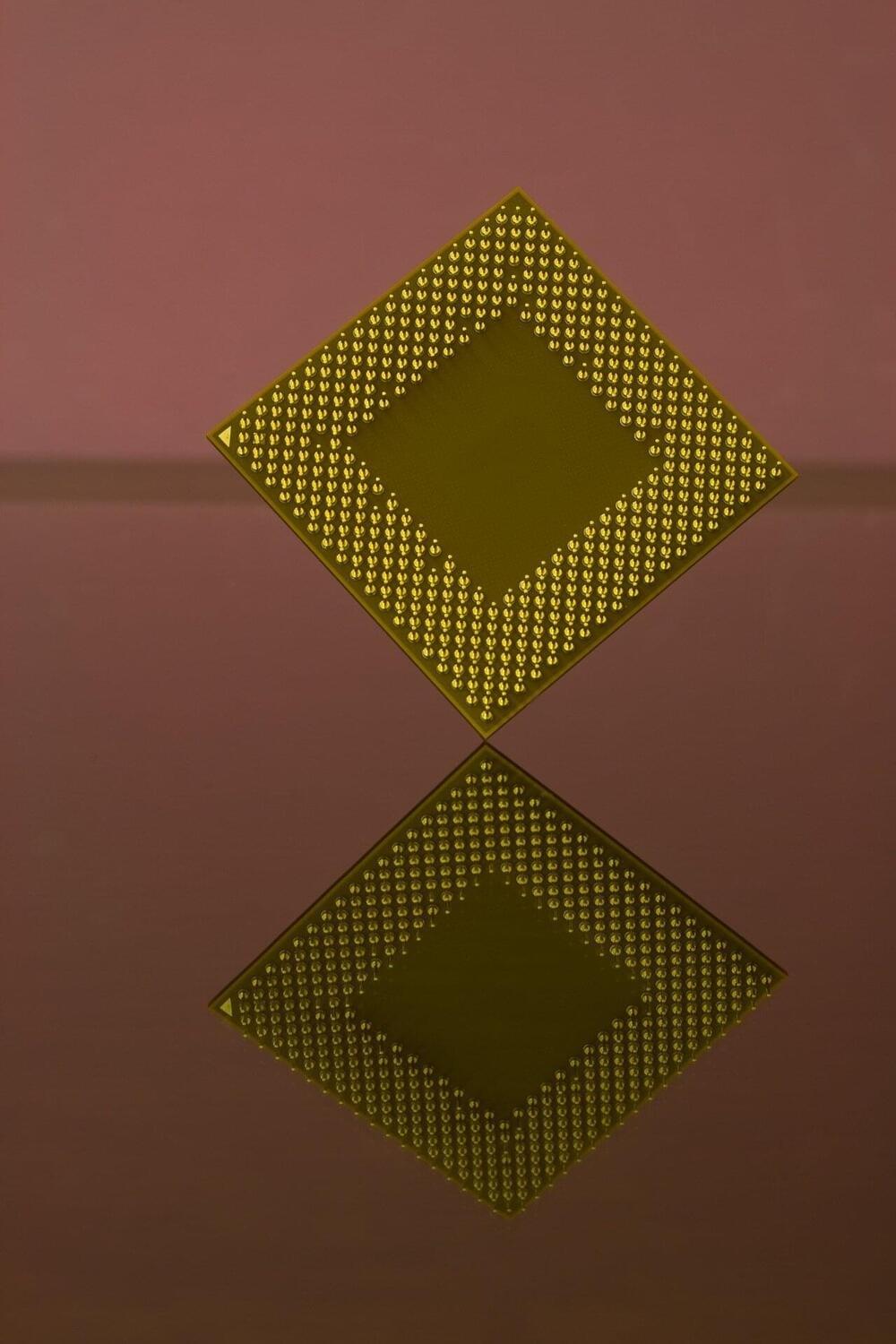Under pressure to hit fourth-quarter sales goals while coping with widespread semiconductor shortages, Tesla decided to remove one of the two electronic control units that are normally included in the steering racks of some made-in-China Model 3 and Model Y cars, according to two employees and internal correspondence seen by CNBC.
Tesla did not disclose the exclusion, which has already affected tens of thousands of vehicles being shipped to customers in China, Australia, the U.K., Germany and other parts of Europe. It was not immediately clear whether Tesla would make similar changes to cars manufactured in or shipped to the U.S.







